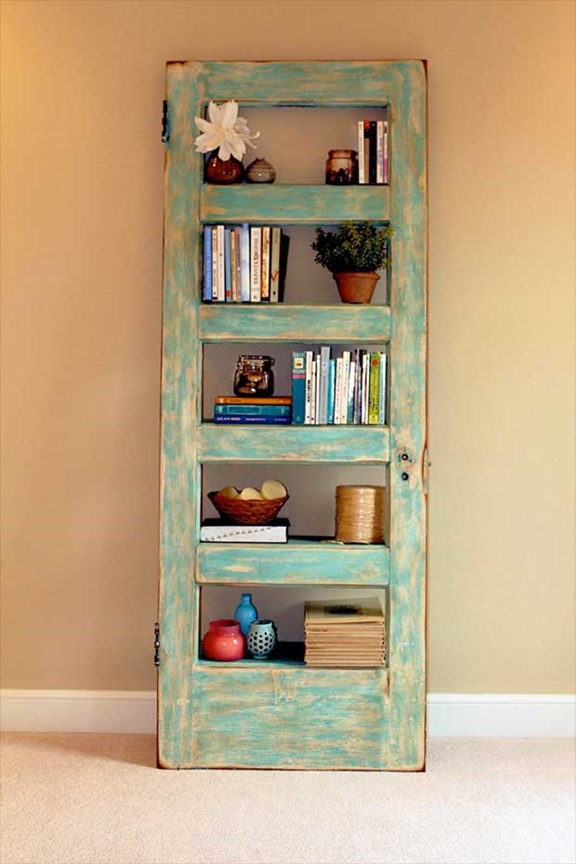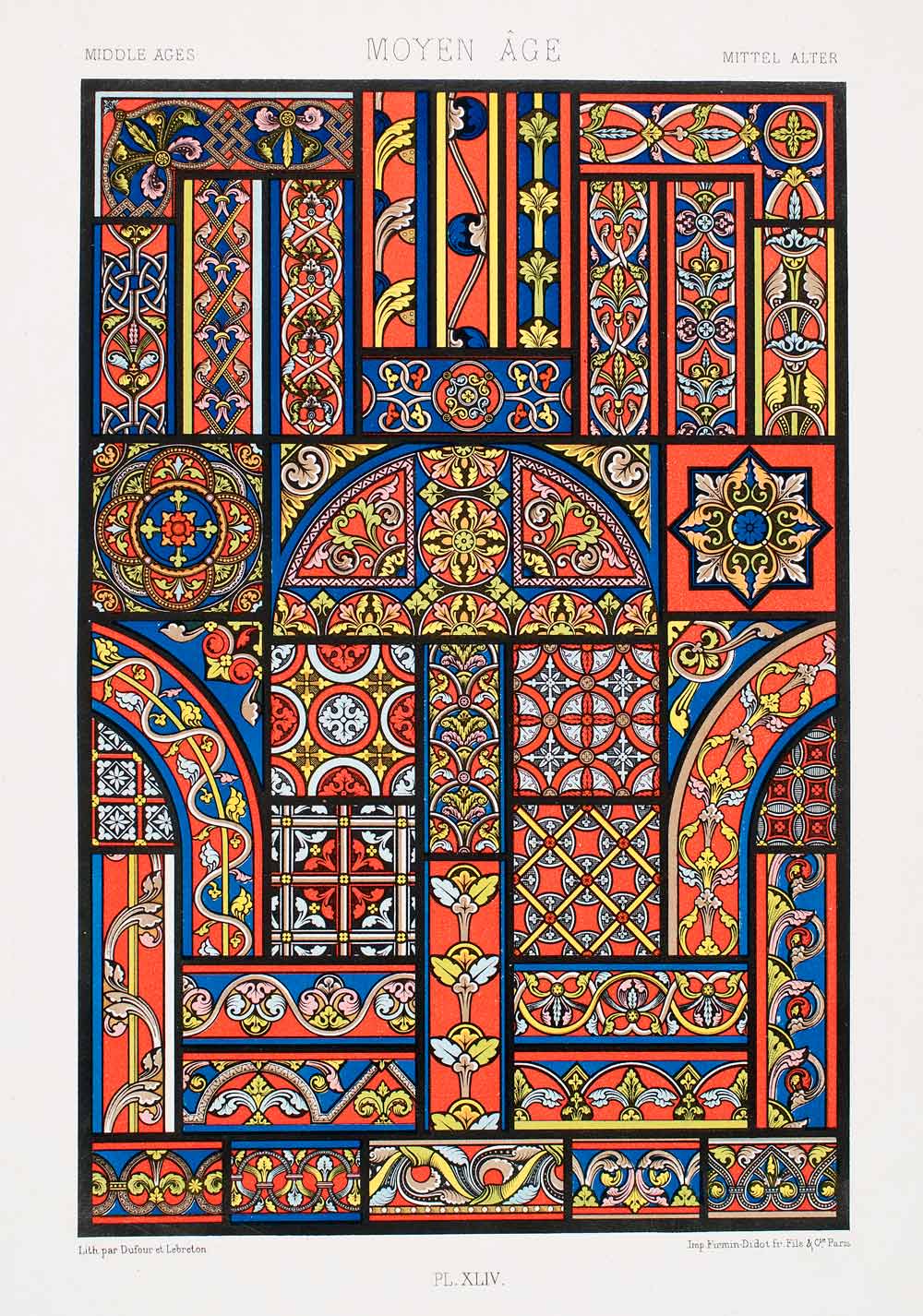
The books in this section show and describe Wright's use of art glass.And here is yet another jewelry idea that would be perfect to add to your collection. Move your mouse near a book to see a detailed description, move it over the book or title to see the current price. They each have a rating of at least 4 stars out of 5 by Amazon customers (or are unrated so far butĪre written by authors of related and well-reviewed books). Use the navigation bar at the upper right corner of this window to jump right to them. Be sure to scroll down through the books section to get to them, or This page includes many photographs of Wright's art glass designs. They can also change color as the sun moves, and when interior When light strikes them, different colors can appear. To enhance the reflective qualities of the iridescent glass, some of the individual pieces were set at an angle. Sometimes sandwiched gold leaf between two thin pieces of clear glass. He used transparent solid-colored, iridescent and clear glass, and


The major differences in Wright's glass design when compared to what came before is that the designs heavilyĭepend on the zinc-or copper-plated came configuration (everyone else used lead) and they often feature geometricĪbstractions of natural elements such as plants. Wright created leaded glass designsįor doors, skylights, back-lit ceiling panels, table lamps, and wall sconces as well as for windows. Term that evokes Japanese shoji screens, which were arranged in bands like his windows. Wright often referred to them as "light screens" - a There were rarely referred to as "art glass windows".Īrt critics generally called them "leaded glass".

Leaded glass windows and doors for over 150 of his buildings. Although mainly known as an architect, Frank Lloyd Wright was also active in many related areas as well, includingįurniture design, graphics arts, and my favorite - his work with stained glass.


 0 kommentar(er)
0 kommentar(er)
